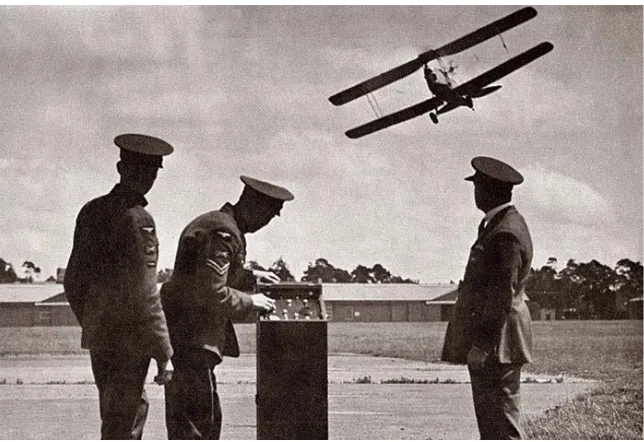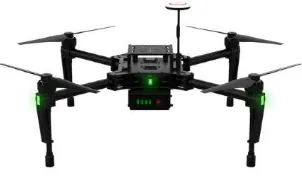The Benefits and Applications of Unmanned Aerial Systems (UAS) to Natural Resources & Forest Management.
Full text
Figure




Related documents
The Codes can be voluntary, based on the principles established by OECD (Organization for Economic Co-operation and Development), or mandatory for certain firms which are
Significant trends in Queensland over this time were (i) an increase in the number of animals reported stranded within this study site; (ii) a species (loggerhead and green
Deviations from CIP measured with sovereign bond yields of two countries can be attributed to four points: different default risk of the issuer, different liquidity conditions of
Wiring access for power, telephone, earth ground, control output must be available at the mounting location.. For easier wiring, choose a well
More recently, a public-private partnership between the City of Bal- timore, the State of Maryland, and Johns Hopkins University has led to a proposed biotech center in
The content analysis consists of a coding of news production from print, online and television platforms of six major Danish media organisations.. This is elaborated in
While many theories see think tanks as organisations that fall in between universities (that claim autonomy from but do not attempt to influence public policy) and political
Exhibit 5 illustrates how Linux compares to the other major operating systems for the enterprise. We anticipate that proprietary Unix operating systems will continue to lose





